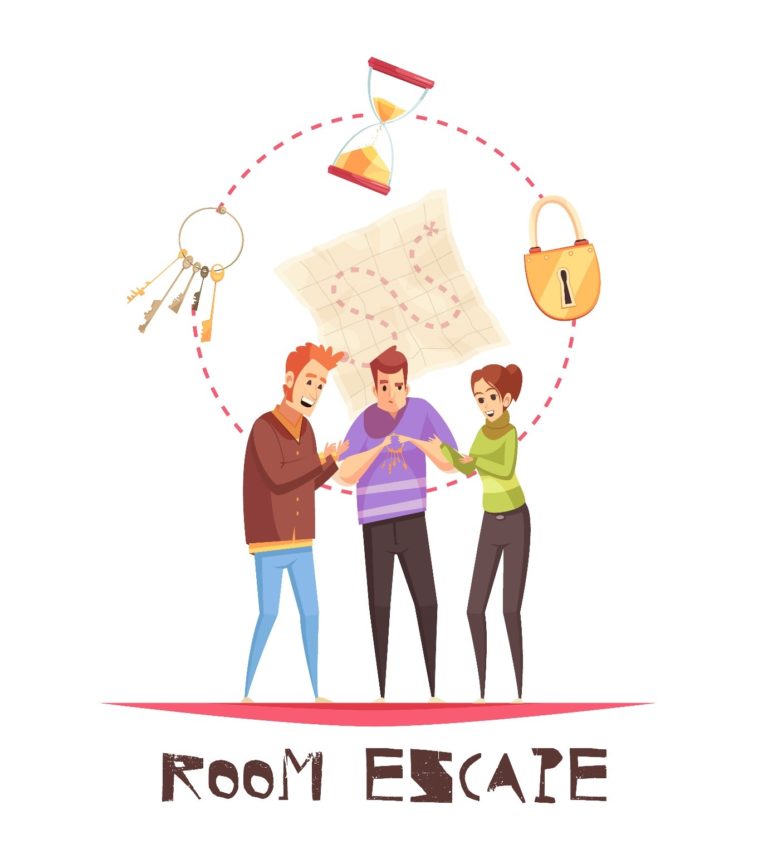How to create your own educational escape game:
the guide from the ERSE project is available!
Logopsycom
The ERSE (Escape Room for Social Entrepreneurship) project aims at developing escape games on the theme of social entrepreneurship. The objective is to encourage youth to understand the topics related to social entrepreneurship and to familiarize them with business creation while having fun.
By using the mechanisms and principles of the escape room, they can acquire key notions such as creating a business model, approaching a participatory fundraising campaign, or understanding the governance models of a social enterprise. In addition to exploring the theoretical aspects of business, playing escape games allows learners to develop fundamental social skills for personal development, such as communication skills, team thinking, time management, listening and collaboration.
For the first stage of the ERSE project, Logopsycom and its partners have developed a guide that explains how to use and apply the mechanisms of escape rooms to develop your own scenarios about social entrepreneurship.
When the project is finished, 12 ready-to-use escape game scenarios will be available on the project website. All you will need will be to print the clues and puzzles, install them in a room and start the timer!
- Identify the main pedagogical objective: in our case topics related to social entrepreneurship
- List operational objectives: deciphering a code to complete a definition, assembling elements together to reproduce a model, etc.
- Create and imagine the universe of your game: what happened, what is at stake, why are the players locked up or who should be helped and why?
It is very important to give a sense of urgency to the plot to ensure the rhythm of the game and the motivation of the participants. The participants need to know what the final objective is in order to be able to build their strategic reasoning. - Identify the different challenges: it could be opening a box, a padlock, a locked drawer, or completing an incomplete QR code.
- Create your puzzles: they must be related to the world of the game and allow participants to unlock all the steps until the final resolution of the game.
- Structure the scenario: it is possible to have a simple linear scenario, or puzzles and solutions nested within each other, or independent puzzles. Consistency with the spirit of the game remains very important.
- Develop the materials, clues and puzzles and see if they work.
- Finally, test the game yourself or with friends and family to make sure that no step has been forgotten, that the puzzles are possible to solve, and that the educational objective is achieved.
To have more details on how to create your escape game, or to understand the different types of escape games that exist, the educational guide on the use of escape games applied to the field of social entrepreneurship is now available on the project website of ERSE!
You can find the guide here: https://er-se.eu/en/resources/
